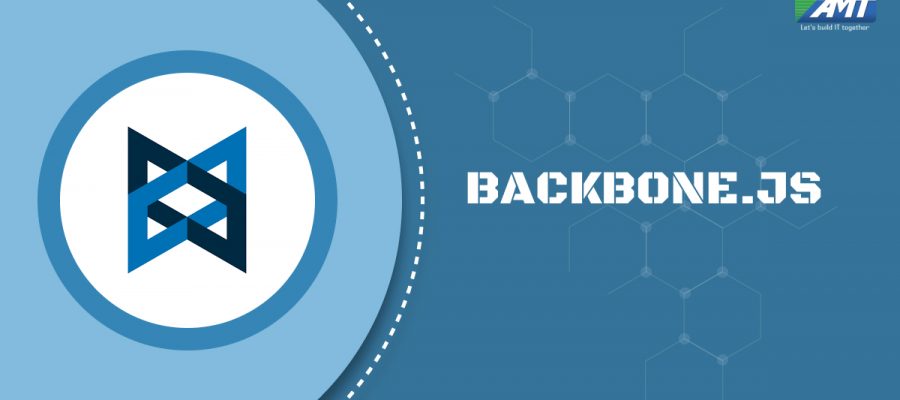Backbone.js is a JavaScript library with a RESTful JSON interface and is based on the Model–view–presenter (MVP) application design paradigm. Backbone is known for being lightweight, as its only hard dependency is on one JavaScript library, Underscore.js, plus jQuery for use of the full library. It is designed for developing single-page web applications, and for keeping various parts of web applications (e.g. multiple clients and the server) synchronized. Backbone was created by Jeremy Ashkenas, who is also known for CoffeeScript and Underscore.js.
When handling the DOM Backbone.js adopts an imperative programming style, in contrast with a declarative programming style (common in AngularJS using data-attributes).
Trying to provide “the minimal set of data-structuring (models and collections) and user interface (views and URLs)”, leaves to the developer the choice of extensions for enhanced functionality. For example, one can use nested views with Backbone Layout Manager or model-view binding with ReSTbasis.
Representational state transfer (REST) is a software architectural style that defines a set of constraints to be used for creating Web services. Web services that conform to the REST architectural style, called RESTful Web services, provide interoperability between computer systems on the internet. RESTful Web services allow the requesting systems to access and manipulate textual representations of Web resources by using a uniform and predefined set of stateless operations. Other kinds of Web services, such as SOAP Web services, expose their own arbitrary sets of operations.
“Web resources” were first defined on the World Wide Web as documents or files identified by their URLs. However, today they have a much more generic and abstract definition that encompasses every thing, entity, or action that can be identified, named, addressed, handled, or performed, in any way whatsoever, on the Web. In a RESTful Web service, requests made to a resource’s URI will elicit a response with a payload formatted in HTML, XML, JSON, or some other format. The response can confirm that some alteration has been made to the resource state, and the response can provide hypertext links to other related resources. When HTTP is used, as is most common, the operations (HTTP methods) available are GET, HEAD, POST, PUT, PATCH, DELETE, CONNECT, OPTIONS and TRACE.
By using a stateless protocol and standard operations, RESTful systems aim for fast performance, reliability, and the ability to grow by reusing components that can be managed and updated without affecting the system as a whole, even while it is running.
The term representational state transfer was introduced and defined in 2000 by Roy Fielding in his doctoral dissertation. Fielding’s dissertation explained the REST principles that were known as the “HTTP object model” beginning in 1994, and were used in designing the HTTP 1.1 and Uniform Resource Identifiers (URI) standards. The term is intended to evoke an image of how a well-designed Web application behaves: it is a network of Web resources (a virtual state-machine) where the user progresses through the application by selecting resource identifiers such as http://www.example.com/articles/21 and resource operations such as GET or POST (application state transitions), resulting in the next resource’s representation (the next application state) being transferred to the end user for their use.
The constraints of the REST architectural style affect the following architectural properties:
- performance in component interactions, which can be the dominant factor in user-perceived performance and network efficiency;
- scalability allowing the support of large numbers of components and interactions among components.
- simplicity of a uniform interface;
- modifiability of components to meet changing needs (even while the application is running);
- visibility of communication between components by service agents;
- portability of components by moving program code with the data;
- reliability in the resistance to failure at the system level in the presence of failures within components, connectors, or data.
JavaScript Object Notation JSON is an open standard file format, and data interchange format, that uses human-readable text to store and transmit data objects consisting of attribute–value pairs and array data types (or any other serializable value). It is a very common data format, with a diverse range of applications, such as serving as a replacement for XML in AJAX systems.
JSON is a language-independent data format. It was derived from JavaScript, but many modern programming languages include code to generate and parse JSON-format data. The official Internet media type for JSON is application/json. JSON filenames use the extension .json.
The above is a brief about Backbone.js. Watch this space for more updates on the latest trends in Technology.
